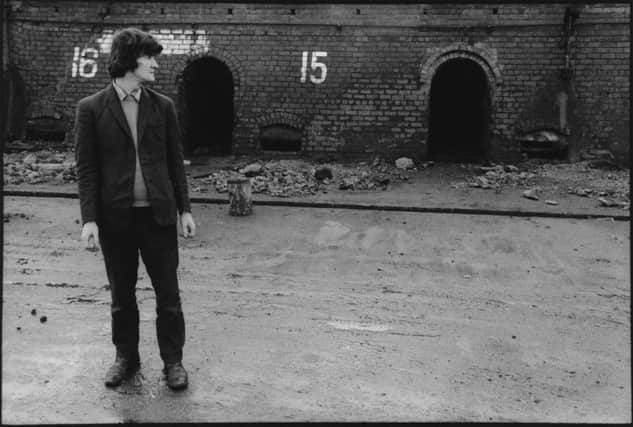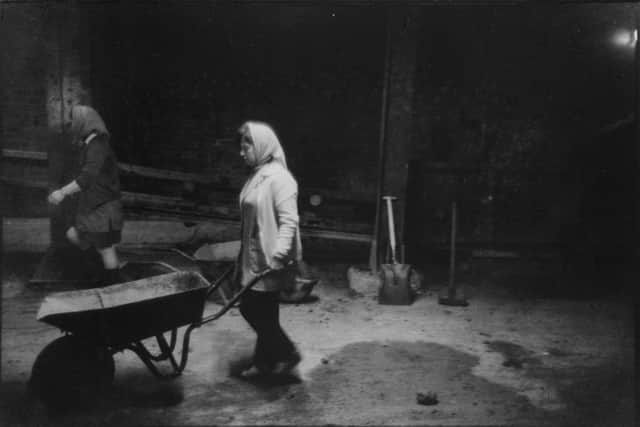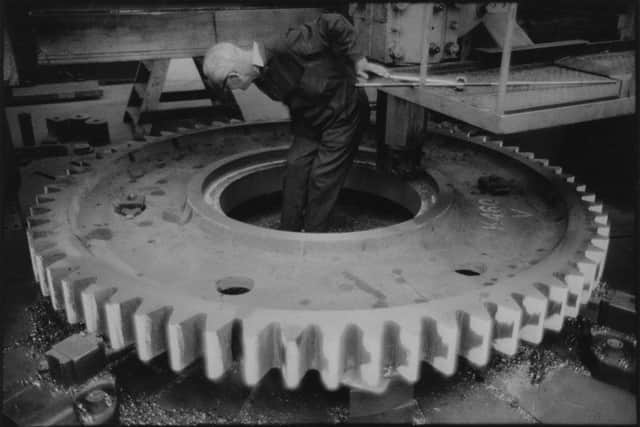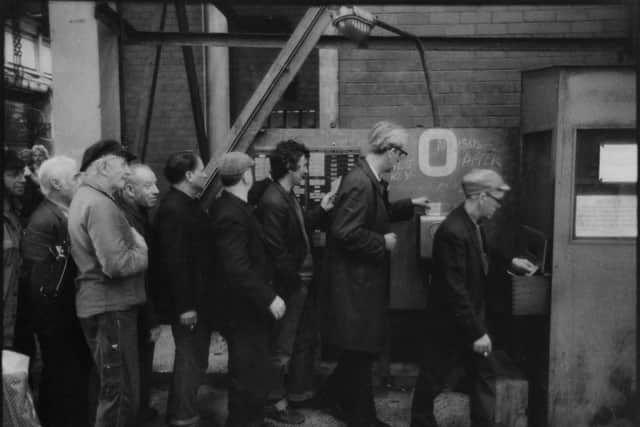Industrial decline of Glasgow and Clydeside captured in pictures


Economic decline had set in across the UK but it was keenly felt in regions where communities were reliant on manufacturing jobs.
The Greater Glasgow area was particularly badly hit. Much of the city’s crumbling housing stock was demolished - regardless of residents’ wishes - and its population was in steep decline. The bustling River Clyde, formerly one of the UK’s great ports and the shipbuilding capital of the western world, was becoming a stagnant moat.
Advertisement
Hide AdAdvertisement
Hide AdIt was against this backdrop that Larry Herman, a New York-born artist, arrived on Clydeside in 1974.


A trained sculptor, he emigrated to the UK during the Vietnam War and slowly began a career as a photographer.
Herman has hand-printed a new set of 78 black and white gelatin prints for a free exhibition at Paisley Museum.
The exhibition - Clydeside 1974-76 - runs from June 17 until August 20.
Several of the images were taken in the nearby Ferguslie Park housing scheme giving an intimate glimpse into the lives of people four decades ago.


The event comes at a time of renewed interest in photographic records of Scotland as grappled with deindustrialisation.
The work of French photojournalist Raymond Depardon - who took a series of eye-opening pictures of Glasgow in 1980 - made headline news when it was republished last year.
Advertisement
Hide AdAdvertisement
Hide AdMuch of Herman’s work was held in a collection by the Scottish Arts Council, but has now been distributed to various holdings, including the National Galleries of Scotland.
Herman’s photography career flourished in the 1970s but he gave up taking pictures in the 1980s and became a guard and train driver on the London Underground and then worked as a welder in a Sheffield steelworks.


He took up photography again in 1993 and returned to London in 1999.
Herman said: “At the time I was shooting these pictures I had no idea they would have some resonance in 2017. I didn’t take the photographs with posterity in mind, but as a documentary of what was happening at the time.
“I photographed people in the situations they found themselves in and I wanted my work to be realistic.”
Joyce McKellar, chief executive of Renfrewshire Leisure, said: “People coming to see this exhibition will be able to take a step back in time.
“These photographs graphically document what was happening to the working class of the area during an acute economic decline.”